Back in 2000, not one Indian chef in the UK held a Michelin star. For many people, dinner at a curry house meant a formica table, plastic cutlery and warm salad garnishes on Brick Lane.
Two decades later, all that has changed. There are seven Michelin-starred Indian restaurants across London and haute cuisine curry houses are taking over swathes of Mayfair and other upmarket areas that were previously the domain of chic French bistros and Italian osterias.
So what’s behind the rise of the high-end Indian restaurant? And which are the dishes not to miss? We spoke to four top chefs at our favourite upmarket Indian eateries in the capital to find out.
Pahli Hill
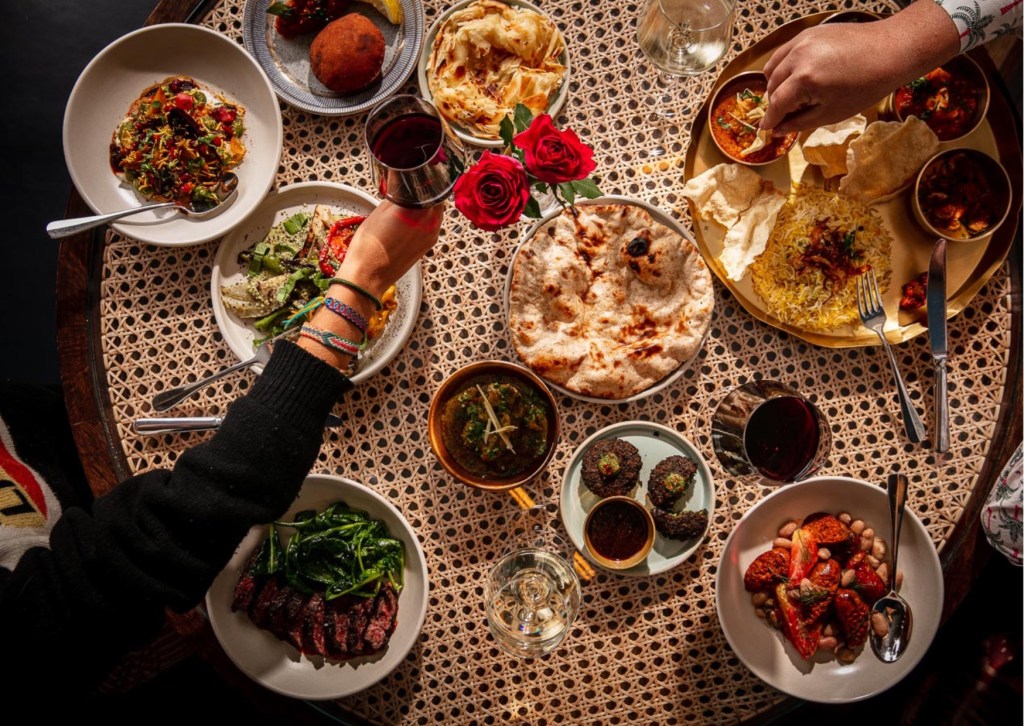
A running thread throughout these restaurants is a focus on highly seasonal British produce – parachuted into an unexpected context amid the zing and sizzle we’ve come to love from Indian cuisine. Pahli Hill in Fitzrovia is one of the finest examples of this. Though not yet hitting the celestial heights of Michelin star status, the restaurant shows sparkling potential. Head chef Avinash Shashidhara keeps his classic staples the same, while swapping out the accompaniments for a seasonal spin.
‘Throughout the year, you can order our home-style chicken or squid and it might come with nettles, summer pumpkin or courgette flowers depending on the season,’ explains Shashidhara, whose previous role was at the Michelin-starred River Café.
Pahli Hill’s signature mango cheesecake is (in this writer’s opinion) a fair contender for the best dessert in London. Shashidhara and his team go out finding the best mangos from across the world each month. ‘We start with the Indian Alphonso mangos, which you begin to harvest around March, then rotate through different varieties as they hit peak ripeness, ending with Sicilian mangos in October,’ he says. Once all global mango seasons have ended, so does the cheesecake (I managed to sneak one of the last slices of 2022).
As for other specialities, the Mangalore bun – light like a puff of air – is almost too delicate to tear apart and load up with heavy scoops of crab sukka (a sweet and lightly spicy paste). But tear and scoop you must.
Large plates cost around £23. Those in the know stop by for the set menu lunch, where you get a selection of the chef’s top dishes for £20-25.
Jamavar
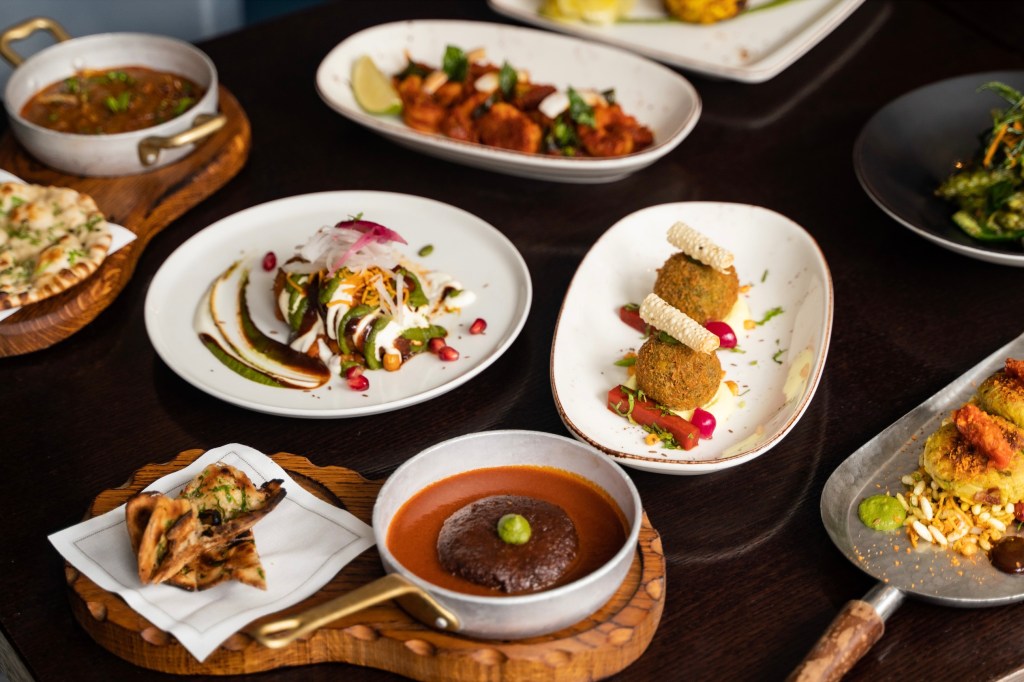
‘In the early days, Indian cuisine was confined to butter chicken, tandoori chicken, chicken jalfrezi, etc. There wasn’t much presentation either – everything was simply put in a dish together,’ says Surender Mohan, executive chef at Mayfair restaurant Jamavar – which won its first Michelin star within a year of opening.
‘With time chefs realised that to compete in the vivid London restaurant environment, they needed to do much more. They started coming up with interesting ways to present the food they prepared. This is what I think made the difference.’
Exquisite presentation is everywhere at Jamavar – from the precision with which mint chutney and other sauces are swept across plates to the décor, designed to emulate the Viceroy’s House in New Delhi. Gilded paintings on the walls tell of Indian myths and legends.
Jamavar aims to bring to London the kinds of meals found in India’s royal kitchens. There is a tasting menu (costing £105) or you can select some of the standout dishes yourself from the a la carte menu. Small plates cost around £17 while mains are around £30.
Two specialities to try are the Malvani prawn curry (sweet, chubby prawns nestling in a lightly spiced coconut sauce) and lamb biryani served – as the best chefs do – with a pastry lid, allowing the aromas to explode when you break in to dig for melting hunks of meat.
Gunpowder
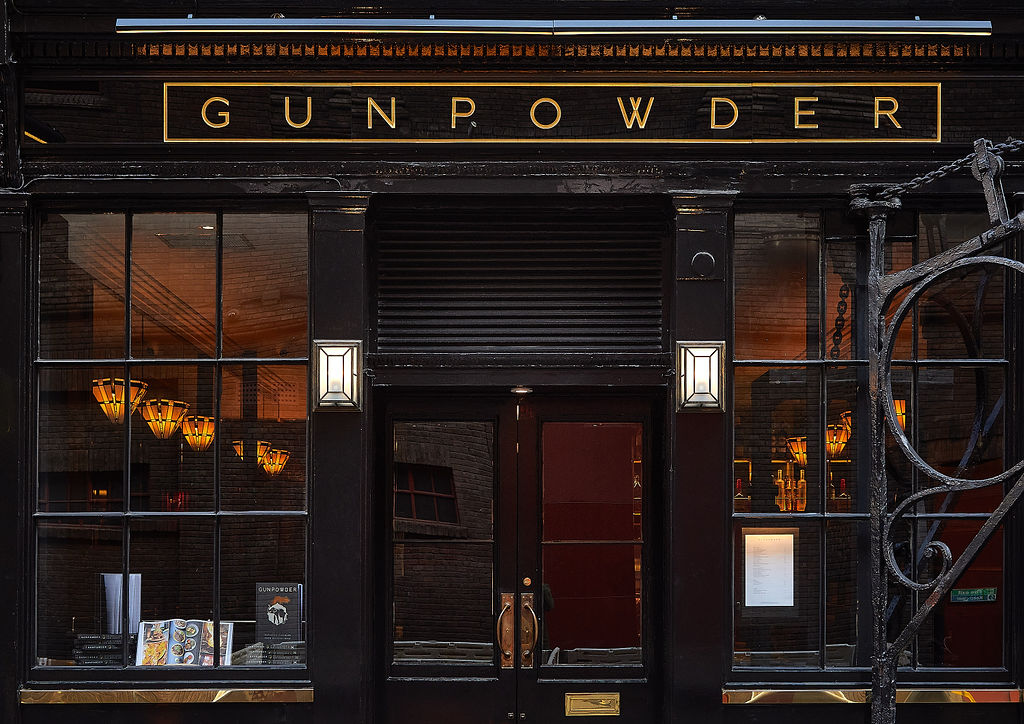
Originally popping up as a tiny hole-in-the-wall joint close to Brick Lane in 2015, Gunpowder was one of the first to introduce the concept of Indian small plates to the capital. It now has three outposts across the city, in Tower Bridge, Soho and Spitalfields – providing firm proof of concept.
Harneet Baweja, founder of Gunpowder, puts the rise of restaurants such as his own down to globalisation. ‘In the past, it was harder for chefs to travel from India to the UK to showcase their craft. Nowadays, people are better travelled and can better identify authentic Indian cooking,’ he says.
Baweja’s small plates menu has evolved over the years in line with changing British palates for Indian cuisine. Current highlights include the venison doughnut – earthy meat in a chewy vermicelli shell – and a soft shell crab crisped up in lentil flour batter.
The gunpowder chaat is always a must – fried potatoes smothered in creamy yoghurt and zingy pomegranate molasses. Most of the small plates cost £11 or less – bank on three or so to leave full.
As with Pahli Hill, where the ingredients are sourced is important. ‘Our lamb comes from a family-run butchers in Wales and the seafood comes in each day from boats in Cornwall and Rye,’ says Baweja.
Like many of these restaurants, Gunpowder also has an impressive cocktail menu which introduces Indian flavours into the mixologist’s toolkit. The Gulab tippler – a vodka-lychee medley – is particularly memorable.
Quilon
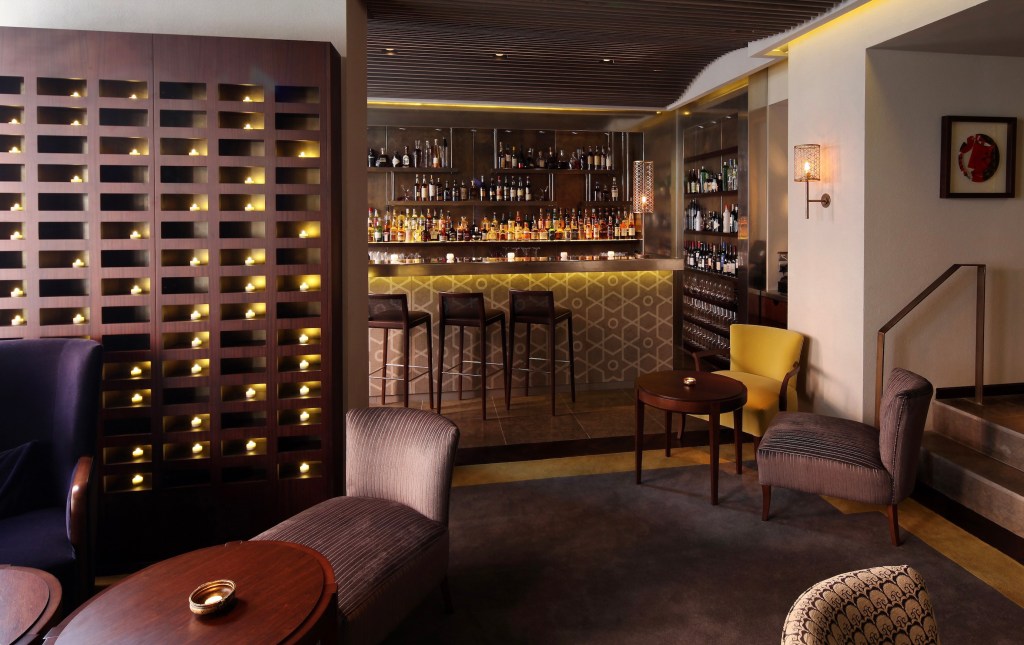
One of the big changes in recent years has been the growing appreciation of regional variations in Indian cuisine. South Indian cooking, with its drier textures and crispy dosas, has done particularly well.
Quilon, which has held a Michelin star since 2008, aims to channel the kitchens of India’s south-west coast – encompassing Kerala, Karwar, Mangalore and Goa. ‘The world is more accessible than ever because of cheaper travel, better infrastructure, excellent communication and so on,’ says Sriram Aylur, chef at Quilon. ‘This has been a key driver for international cuisines, particularly regional ones in India. Today Indian cuisine is the best soft power for the country.’
Given its tapered shape, much of southern India lies along the coast, so seafood dominates Quilon’s menu. The silky coconut fish curry and spice-encrusted black cod that flakes apart as you dissect it are two stand-out dishes. For non-fishy people there are still plenty of options – notably the melting pulled duck with a cool mint chutney and paper-thin rice pancakes. Aylur makes sure to source ingredients from the right regions, from the tamarind to the tumeric.
In an innovative move, Quilon offers a beer-pairing menu – a posh take on the Cobra-and-curry combo. Scallops in a delicate turmeric sauce are married with a chestnutty beer from Corsica, and pistachio cake is washed down with an intense Belgian black cherry brew.
Quilon also does a feasting brunch costing £48, from which you can guarantee you will not leave hungry.

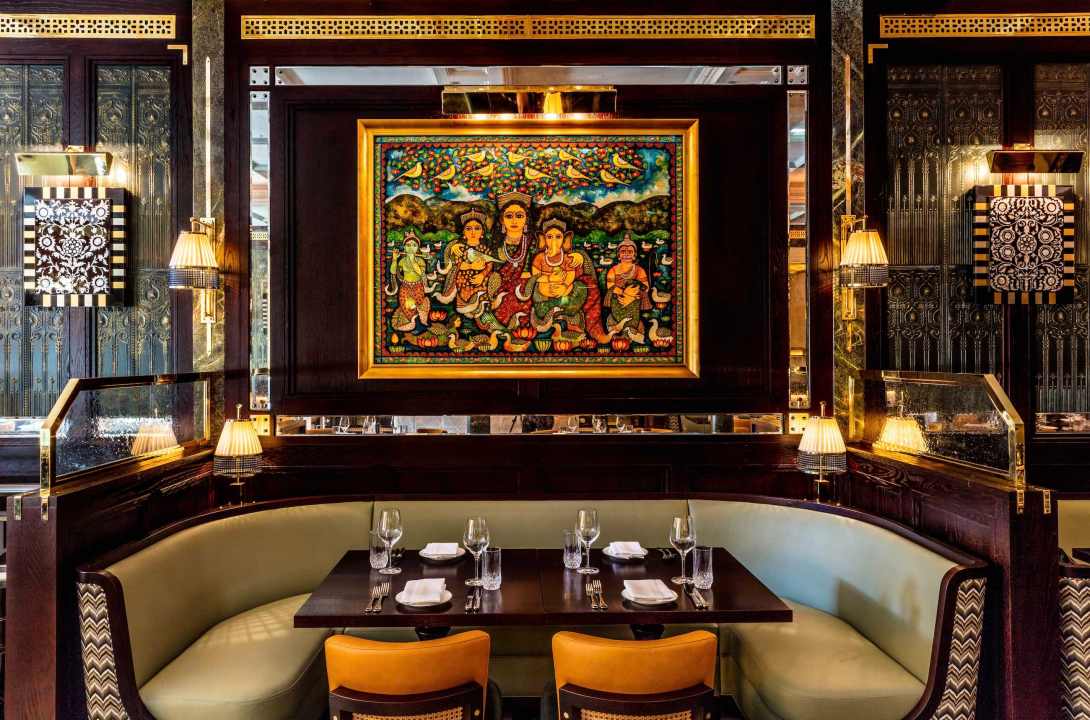
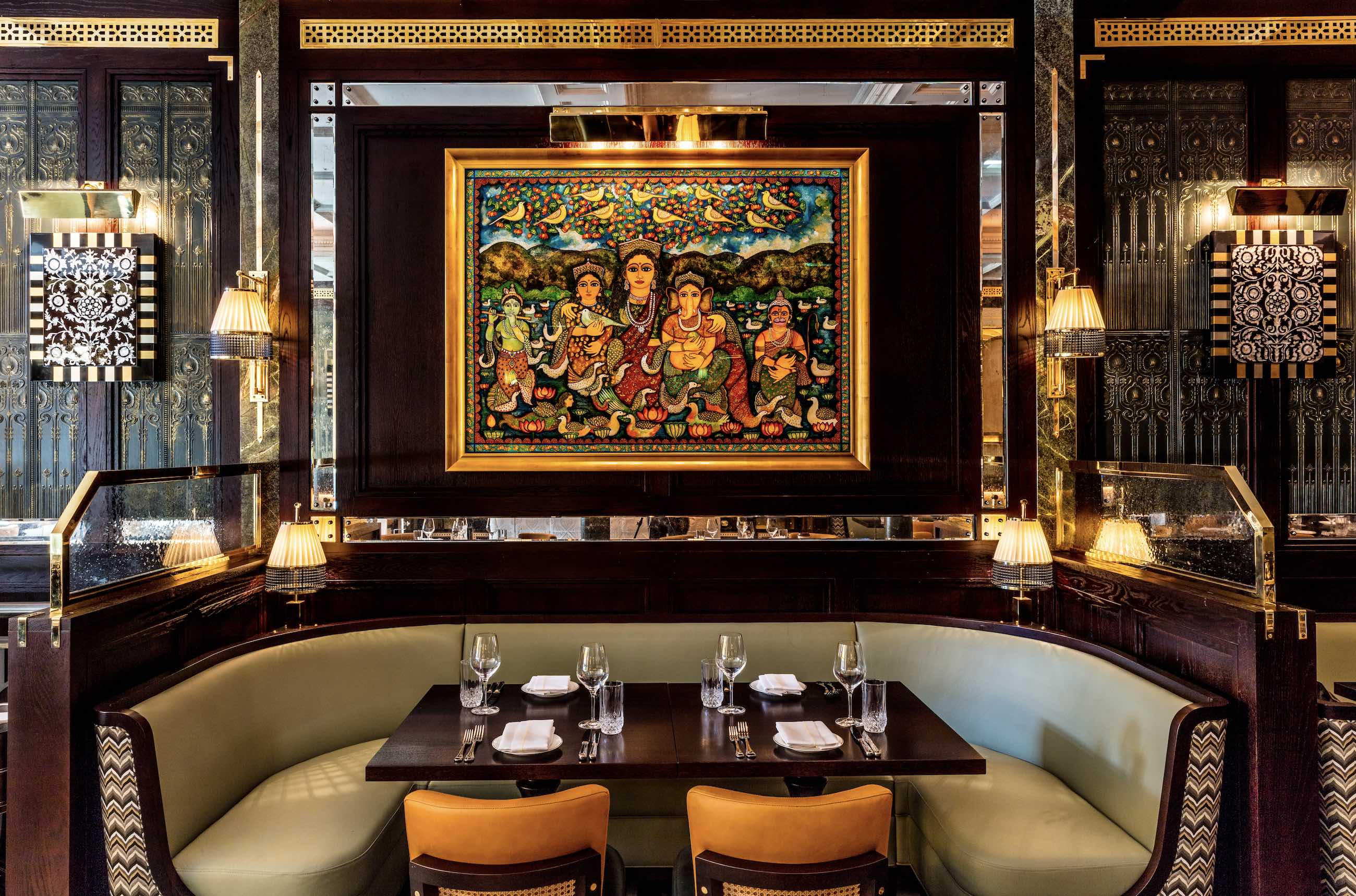




Comments